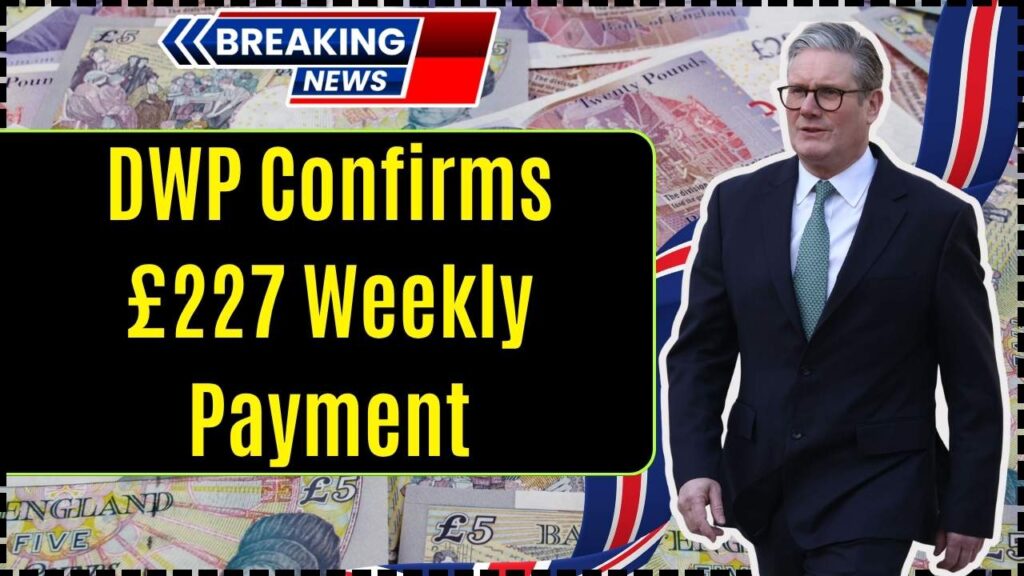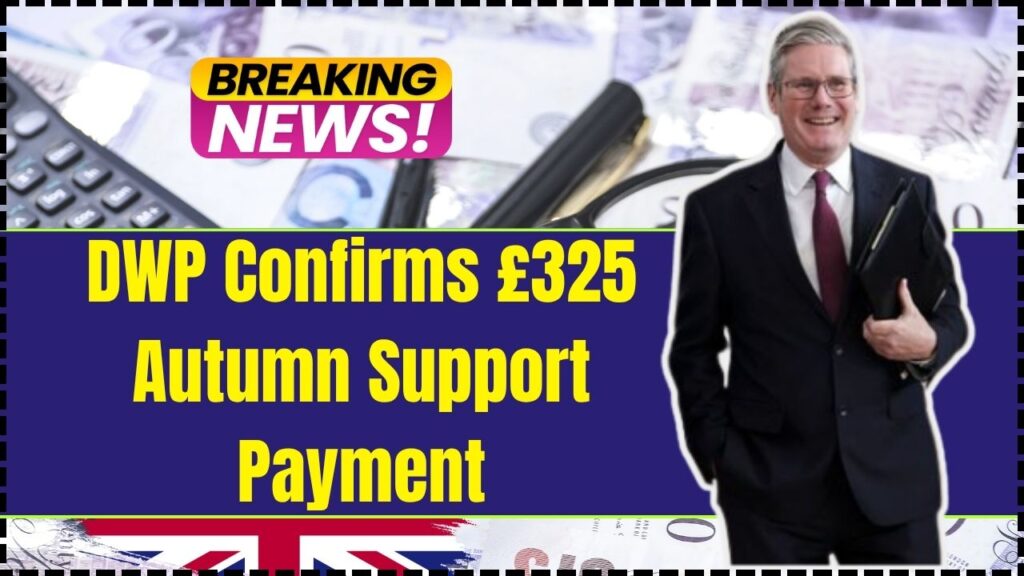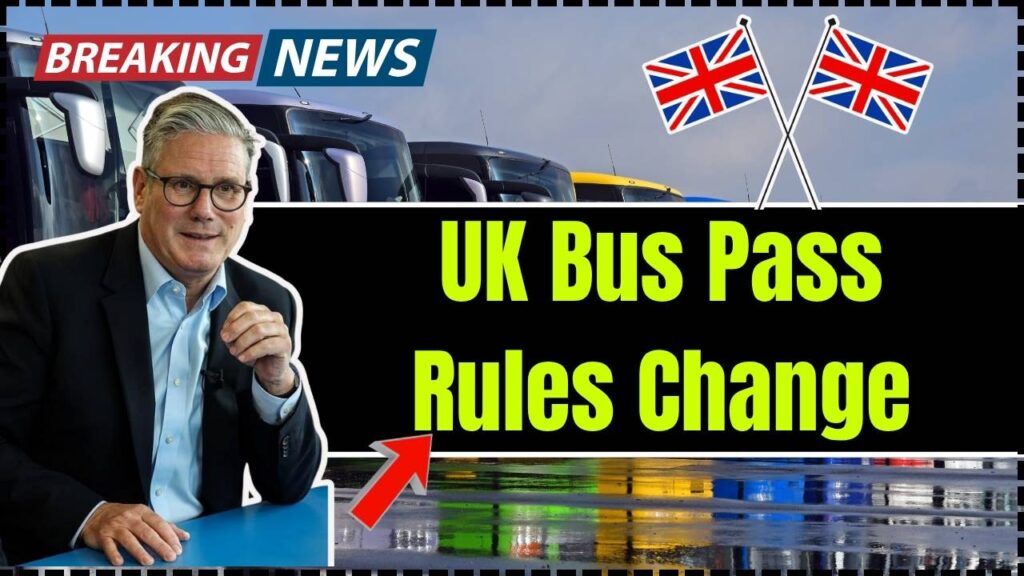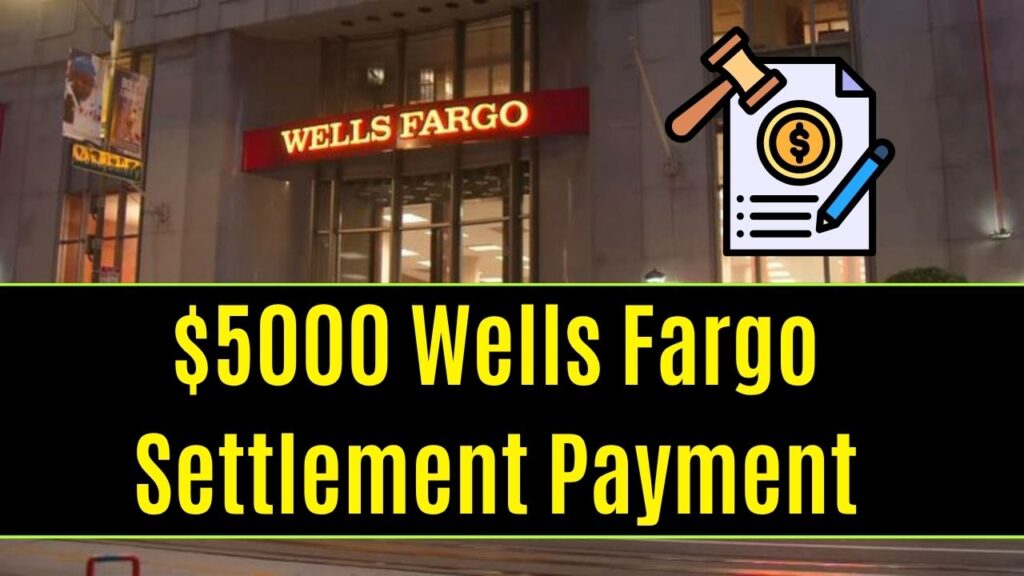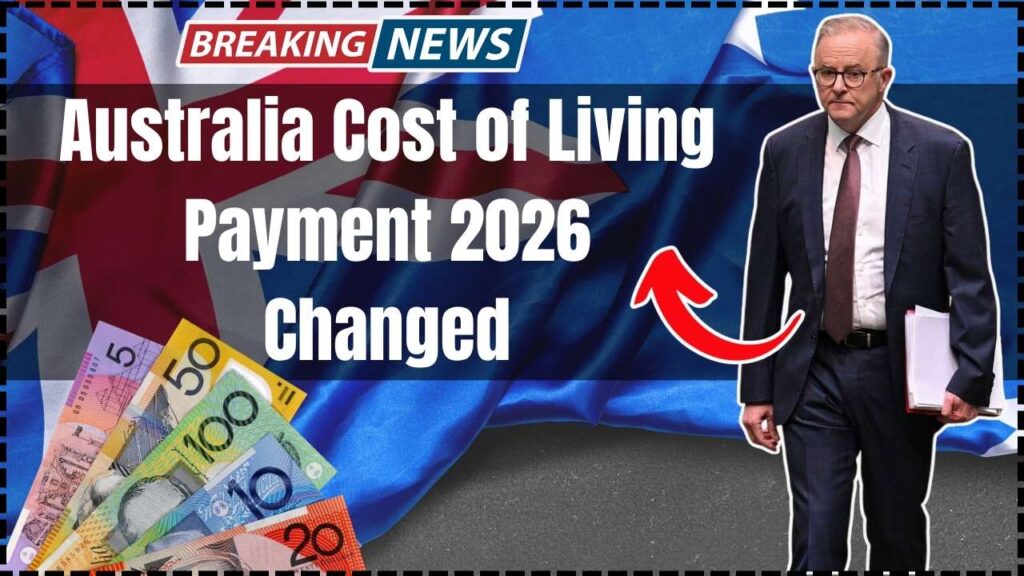Australia Centrelink $890 Bonus Payment: If you’ve been scrolling through your Facebook feed, TikTok, or even YouTube shorts lately, chances are you’ve seen headlines shouting: “Centrelink $890 Bonus Coming in October 2025!” Sounds nice, right? An extra $890 landing in your bank account, right before the holiday season. But let’s pump the brakes — because not everything on the internet is what it seems.
According to official government sources, this viral claim about a Centrelink $890 Bonus Payment is false. Yep, it’s a scam. Still, the confusion it’s caused is understandable — especially since many Aussies are struggling with higher grocery bills, rent, and electricity costs. This article breaks down exactly what’s going on, who actually gets real Centrelink payments, and how you can protect yourself from the fake ones.
Australia Centrelink $890 Bonus Payment
The viral $890 Centrelink bonus payment story might sound tempting, but it’s 100% false. No such bonus exists, and anyone claiming otherwise is likely trying to steal your information. What is real are the twice-yearly indexation adjustments that help Australians manage cost-of-living increases. To stay informed, check only official government websites and never share personal info from unsolicited messages. In a world full of misinformation, staying alert and informed is your best defense — and your wallet will thank you for it.

| Topic | Details |
|---|---|
| Claim | « $890 Centrelink Bonus Payment in October 2025 » |
| Status | False — No official government confirmation or policy supporting this claim |
| Legitimate Increases | Regular indexation for Age Pension, JobSeeker, Youth Allowance, and other benefits |
| Next Adjustment Dates | September 2025 and March 2026, per standard government schedule |
| Scam Alerts | Active phishing attempts via email, SMS, and social media |
| Official Sources | https://www.servicesaustralia.gov.au & https://www.scamwatch.gov.au |
Where did the Australia Centrelink $890 Bonus Payment Story come from?
This all started with social media posts and clickbait news claiming that “eligible Australians” would get a one-time $890 cost-of-living bonus in October 2025 through Centrelink.
The posts often feature fake government logos, phrases like “approved for disbursement,” or “final verification needed,” and link to bogus websites asking you to enter your MyGov details to “claim” your payment.
Services Australia has repeatedly clarified that these messages are not legitimate. In fact, scammers have been running similar hoaxes since early 2024 — each time changing the payment amount and the supposed reason.
A statement from Services Australia reads:
“There are no new one-off bonus payments scheduled for October 2025. Australians should be cautious of social media pages or text messages that ask for personal or banking information.”
So, if you’ve seen that viral post, now you know — it’s not from the government.
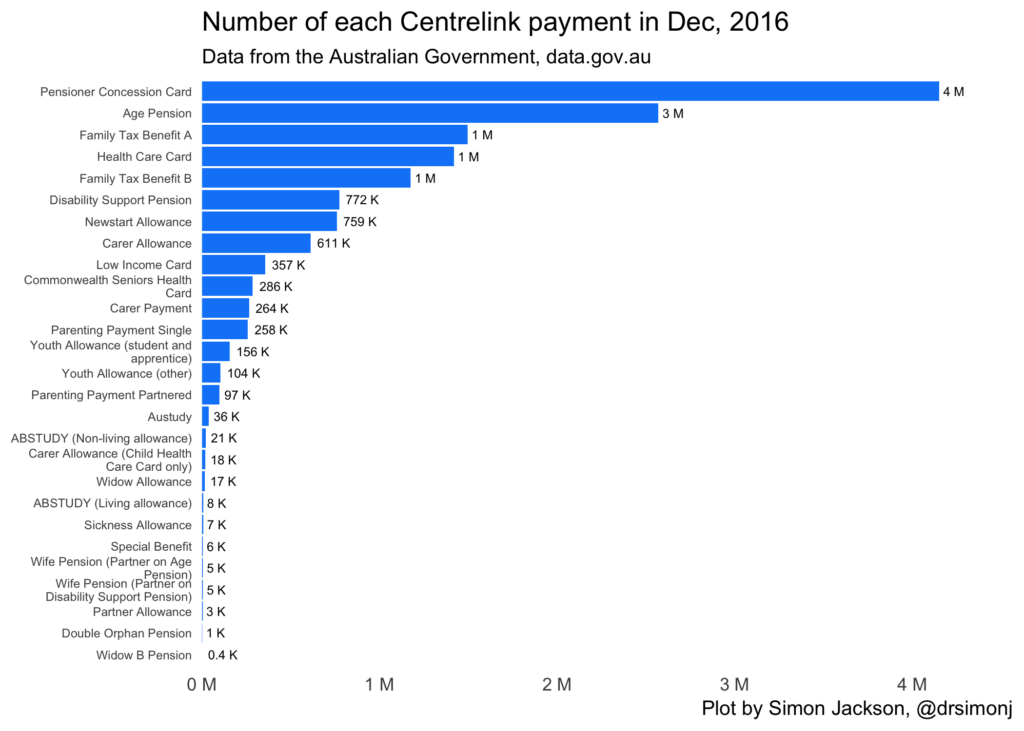
The Real Story: What’s Actually Happening with Centrelink Payments
While there isn’t a surprise $890 check coming your way, it’s not all bad news. Real and legitimate increases to Centrelink payments are happening this year as part of the regular indexation process.
This process happens twice a year — in March and September — to make sure benefits keep up with the cost of living.
1. Pension Increases
As of March 2025, the Age Pension and Disability Support Pension rose by:
- $19.60 per fortnight for singles
- $29.40 for couples combined
These adjustments are automatic. You don’t have to apply for them — they just show up in your payment once the rate changes kick in.
The next increase will be announced in late August 2025 and reflected in September–October payments.
2. JobSeeker and Youth Allowance Updates
The JobSeeker Payment is also indexed twice yearly, based on inflation and wage growth.
In 2025, the base rate increased by $13.10 per fortnight, helping more than 800,000 Australians. The Youth Allowance and Austudy also received small increases for students and apprentices.
This ensures payments maintain real purchasing power — meaning you can still afford your essentials even as prices rise.
3. Energy Bill Relief and Cost-of-Living Help
While the federal government hasn’t confirmed any “bonus” payments, state-level energy rebates are still active in several regions.
For instance:
- Queensland offered a $1,000 electricity rebate for households in 2024–25.
- Victoria launched a $250 Power Saving Bonus for eligible residents.
- New South Wales provides targeted energy relief through the Energy Accounts Payment Assistance Scheme (EAPA).
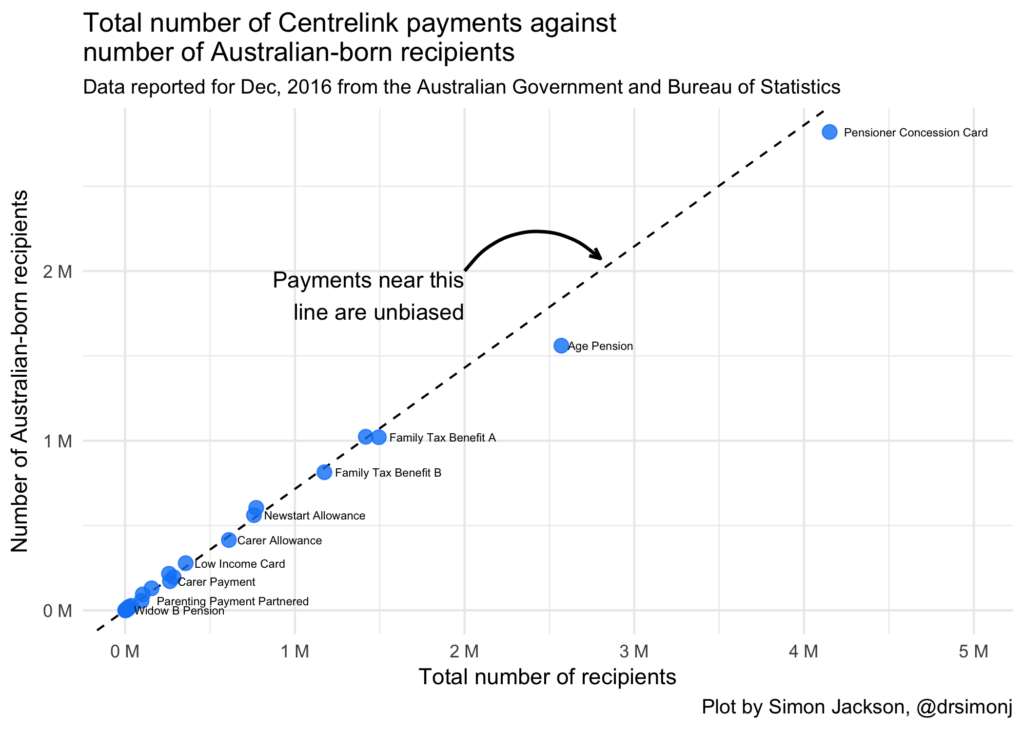
Who Actually Qualifies for Real Centrelink Payments
It’s worth revisiting what real Centrelink payments look like — and who’s eligible.
Here’s a quick guide:
Age Pension
- Must be 67 or older (as of July 2024)
- Must meet residency and income criteria
- Indexed automatically twice a year
JobSeeker Payment
- For Australians who are unemployed and actively seeking work
- Rate depends on age, dependents, and assets
Youth Allowance
- For full-time students, trainees, or job seekers aged 16–24
Carer Payment
- For people who provide daily care to a loved one with a long-term illness or disability
Disability Support Pension
- For individuals with a permanent medical condition that restricts full-time employment
Why So Many People Fell for the Australia Centrelink $890 Bonus Payment Rumor
Let’s be real — with inflation biting hard and rents rising, everyone could use a little extra help. That’s exactly why scammers love targeting Centrelink recipients.
Fake “bonus payment” claims prey on the hope that there’s a quick fix to financial pressure. It’s a classic phishing scam — once you click the fake link and enter your login info, criminals can:
- Access your MyGov account
- Steal your personal details
- Redirect your legitimate benefits to their own bank accounts
It’s happening more often than people realize. Scamwatch.gov.au reported a 37% increase in phishing scams targeting government benefits in 2024 alone.
So remember this golden rule:
If you didn’t hear it from Services Australia directly — it’s probably fake.
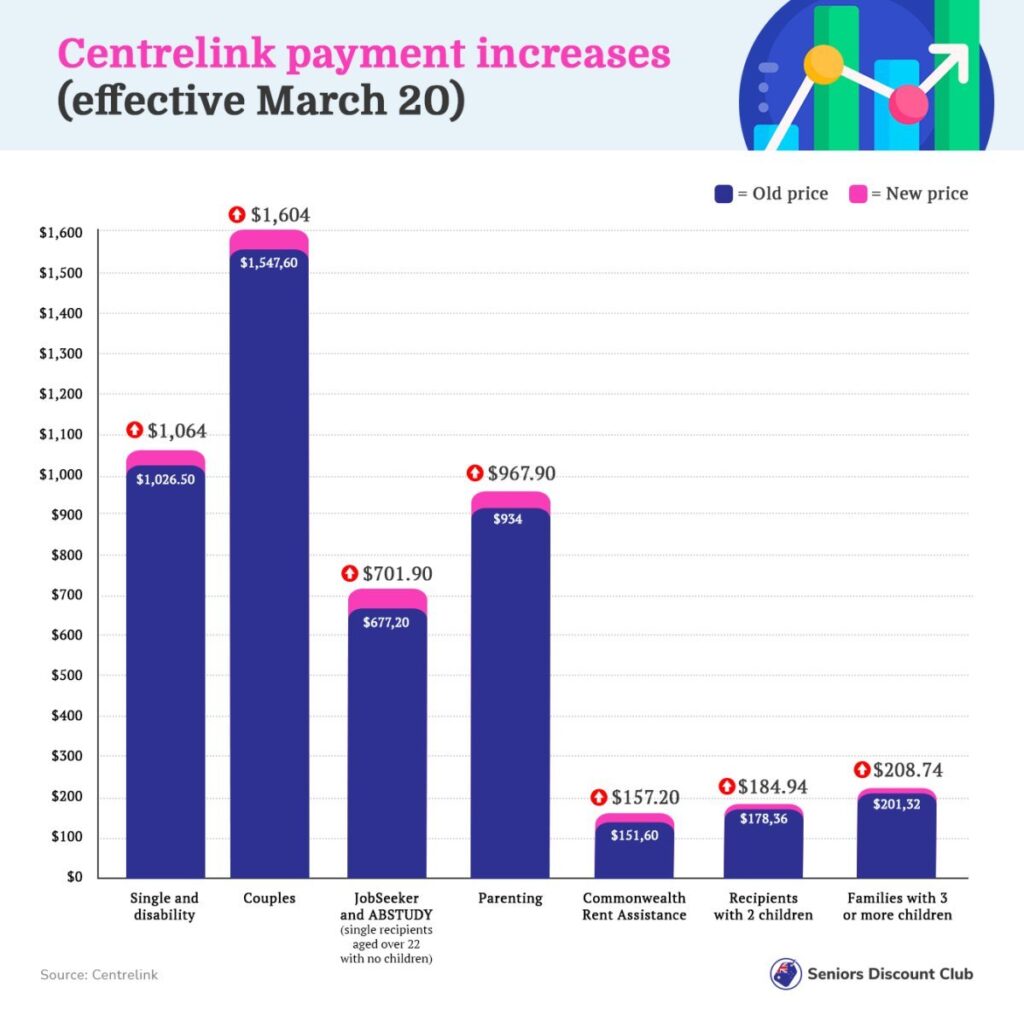
What’s Coming in October 2025 (Legitimate Updates)
While the $890 rumor is bogus, October 2025 will still bring some changes worth noting.
- New Indexation Rates: The September adjustment will roll out in early October. Expect small increases across major benefits.
- Review of Rent Assistance: The Federal Government has been considering an expansion of Rent Assistance following the 2025–26 Budget review.
- Energy Support Programs: Several states plan to renew their cost-of-living rebates around that time.
- Possible Youth and JobSeeker Adjustments: If inflation remains high, rates could rise again during the March 2026 cycle.
How to Stay Safe from Payment Scams?
Let’s get practical. Here’s how to protect yourself and your family from these scams.
Step 1: Verify before you click
Go directly to the MyGov website — type https://my.gov.au into your browser. Don’t trust text links.
Step 2: Watch for red flags
Fake emails and pages often contain spelling errors, pixelated logos, or generic greetings like “Dear User.”
Step 3: Enable two-factor authentication
This small security feature can save you from major headaches. It sends a code to your phone every time someone tries to log in.
Step 4: Educate family and friends
Scammers often target older Australians and non-native English speakers. Share this information — it can prevent identity theft.
Step 5: Report suspicious activity
If you think you’ve been scammed, contact:
- Scamwatch.gov.au – for reporting fraudulent messages
- IDCARE (1800 595 160) – for identity theft support
- MyGov help desk – to secure your online account
The Bigger Picture: Why These Rumors Stick
There’s a psychological reason why fake government payment stories go viral — hope and fear.
People want to believe they’ll get relief, especially when every grocery run costs more than last year.
Scammers know that timing matters. They drop fake “bonus” claims just before legitimate government announcements — so the lies blend with truth.
Experts from the Australian Competition and Consumer Commission (ACCC) say these scams thrive in uncertain times, when people trust headlines over official releases.
“Scammers use urgency and emotion to bypass logic. The best protection is skepticism,” says Delia Rickard, former ACCC Deputy Chair.


